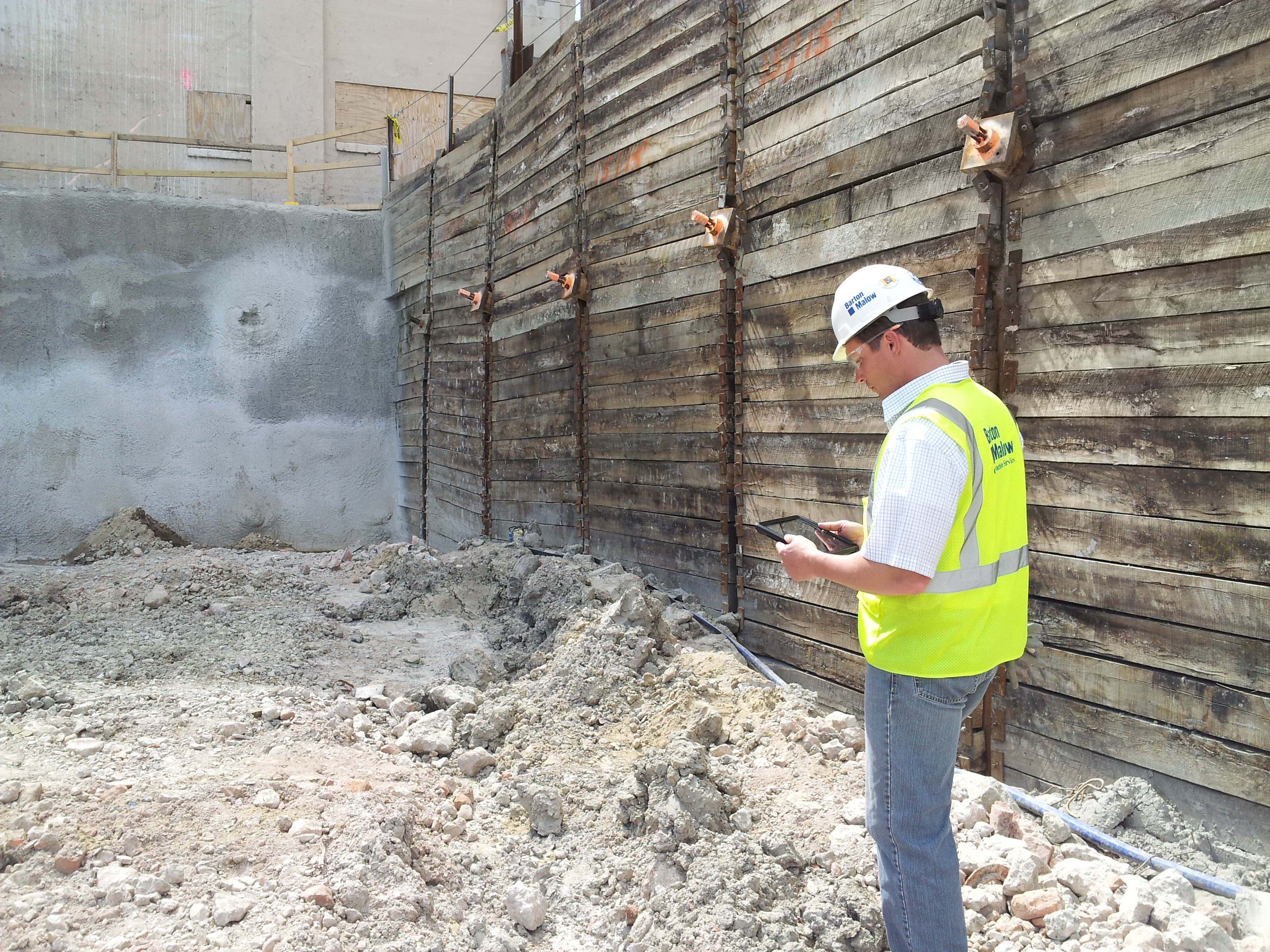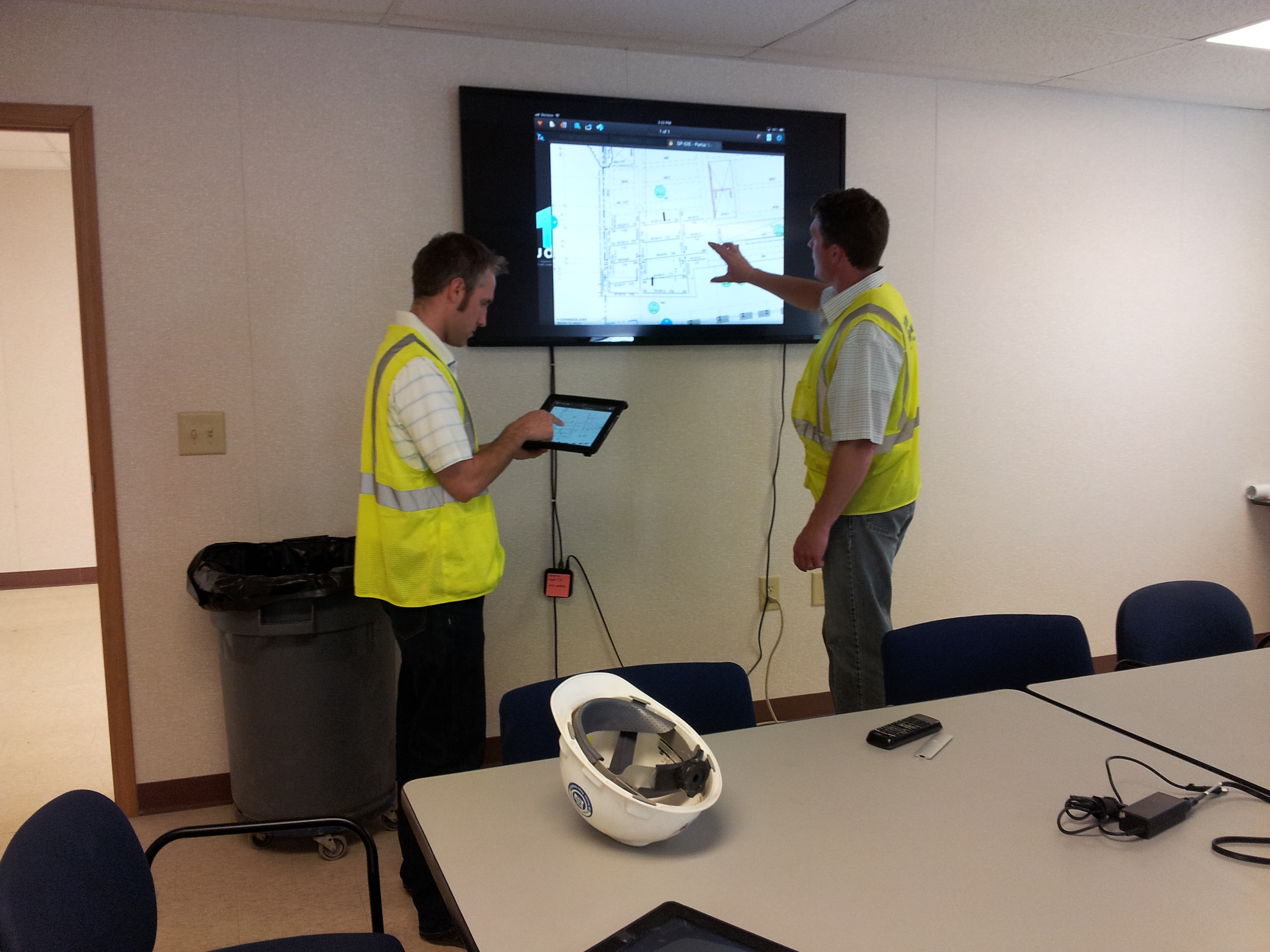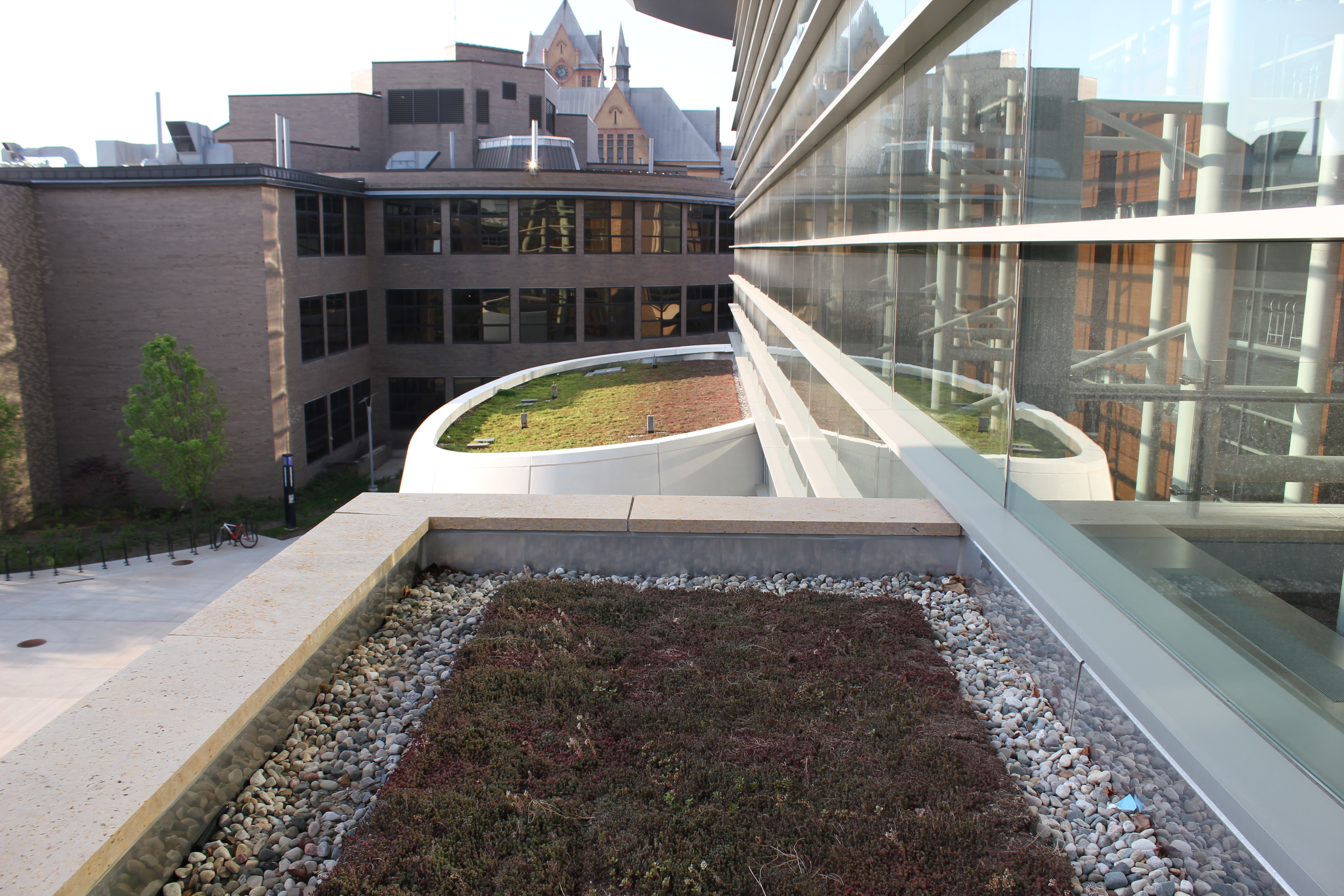Current projects
IBio Project Diverts Construction Debris From Landfills

The Integrative Biosciences Center (IBio) construction project is well on its way as the crane and other heavy machinery can be seen moving around the steadily evolving building site however there is a lot happening that you do not see. Sustainable building has helped guide the project and, while the project is far from complete, it is targeted to achieve gold certification in Leadership in Energy and Environmental Design (LEED) once complete. Gold certification requires a total of 60 79 LEED credits.

"LEED provides a guideline for new construction to be built sustainably," said Daryl Pierson, WSU's Sustainability Coordinator, who explained that several credits are being achieved during the construction process on the former Dalgleish Cadillac building. "Two credits are being earned by using 75% of the existing structure's main elements and another two credits are being earned by diverting over 75% of the construction debris from the waste stream. We currently have a 94% waste diversion rate on the project so we're doing pretty well in that area."
In addition to these and many other LEED credits, the construction site is limiting its use of paper by utilizing electronics and technology that allow plans and images to be shared electronically instead of printing on paper. Site plans are displayed on a smart board and can be accessed on tablet computers eliminating the need for printing these documents for various skilled trade personnel. Any updates to the plans are done electronically which further enhances the sustainability on the construction site.
Green Roofs

WSU is taking the green movement to the top of the campus, literally! Two of the newest buildings on campus --the Damon J. Keith Center for Civil Rights at the Law School and the A. Paul Schaap Chemistry Building-- have green roofs.
A green roof is covered with plants. There are several types of systems, ranging from the basic self-sustaining green roof to a more elaborate system with a drainage and irrigation system. A green roof has two advantages, reducing stormwater runoff and lowering cooling costs. While green roofs have been identified with the "green" movement, this practice has been used for centuries around the world. Now it's growing at Wayne State University.
Green Housekeeping
Wayne State University is green both in school colors and in school cleaning. WSU has embraced the use of Green Seal (GS-37) certified cleaning supplies. These environmentally friendly products are used across the campus in daily cleaning activities. This practice limits exposure to potentially hazardous chemical, biological and particulate contaminants. Also, green housekeeping practices reduce the university's environmental footprint by using products that are:
- biodegradable
- less toxic
- feature reusable eco-friendly containers
- manufactured with recycled content
- and, produced with the least possible environmental impact.
Industrial cleaning products range from simple glass cleaners through odor eliminators to floor sealers. WSU is working hard to make living green a way of life around campus. Contact the Office of Campus Sustainability for more information.